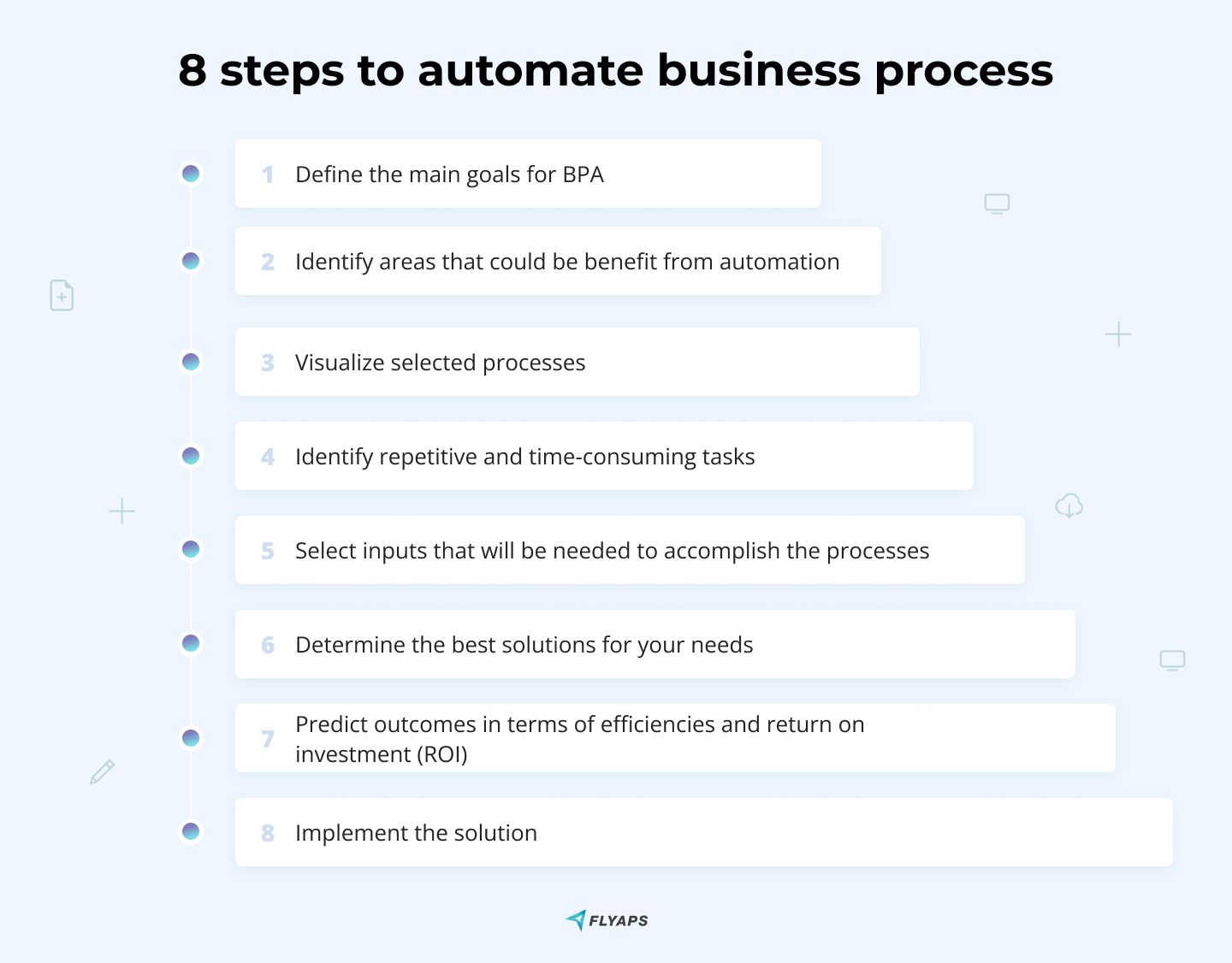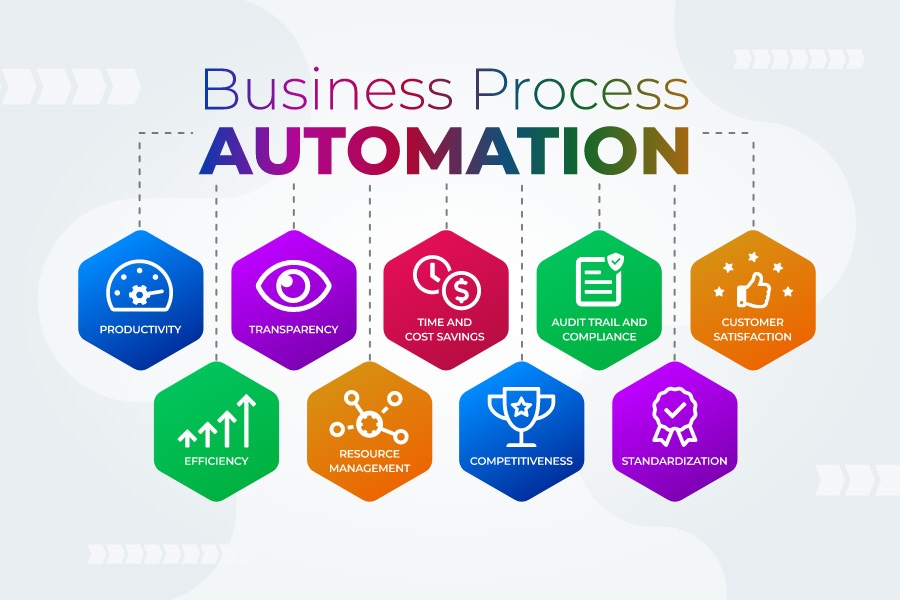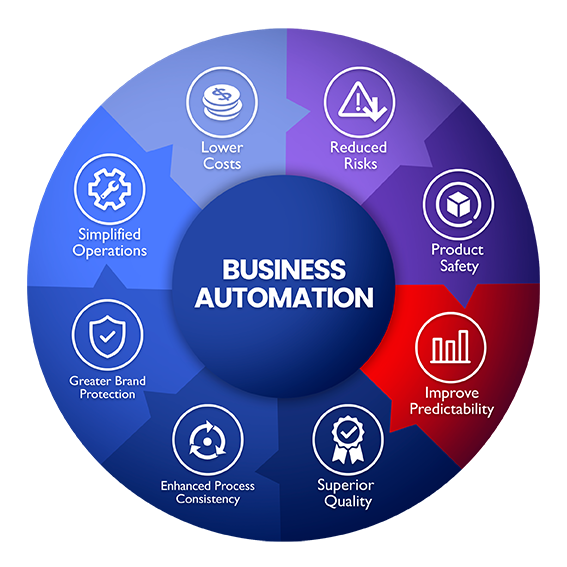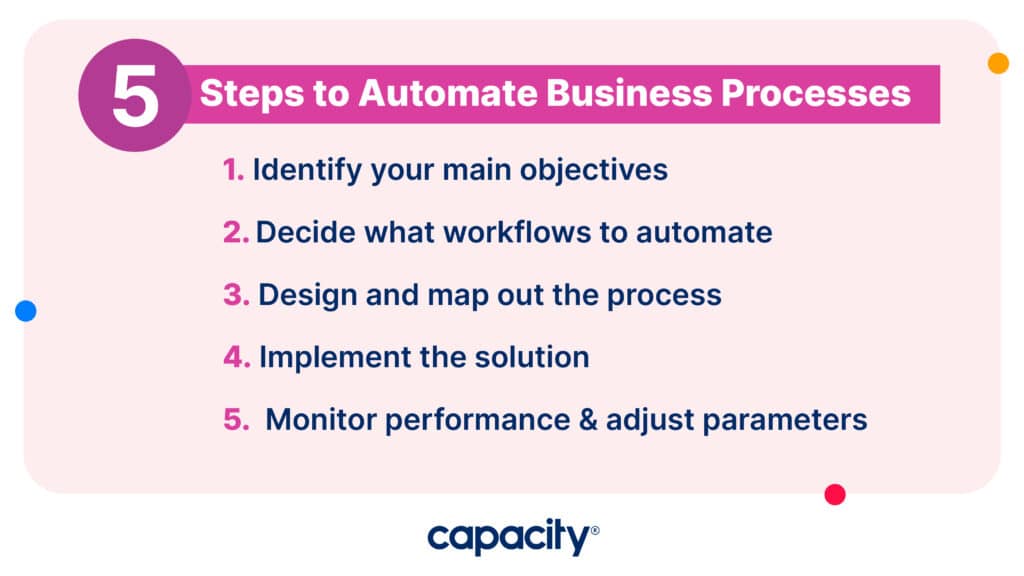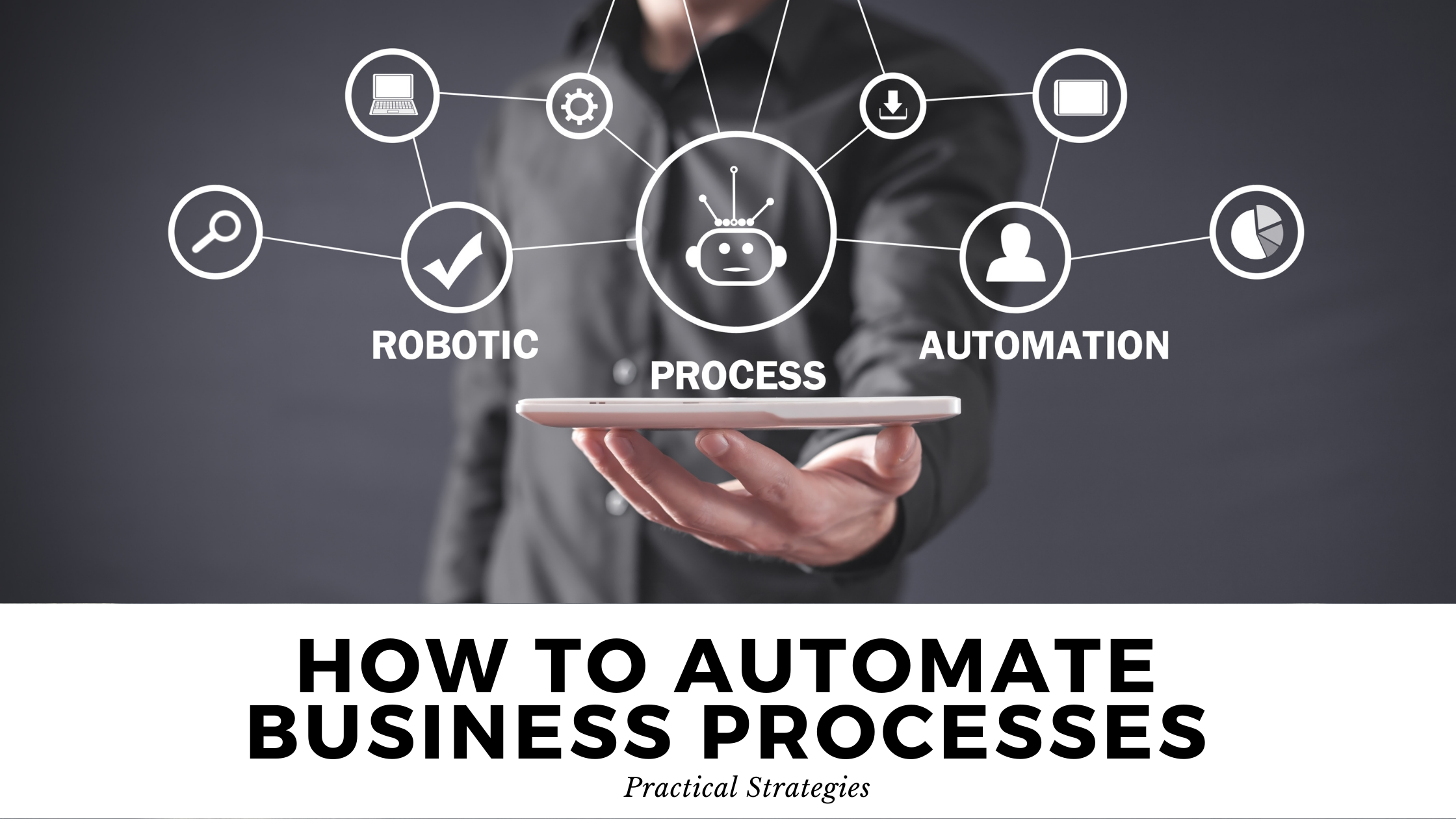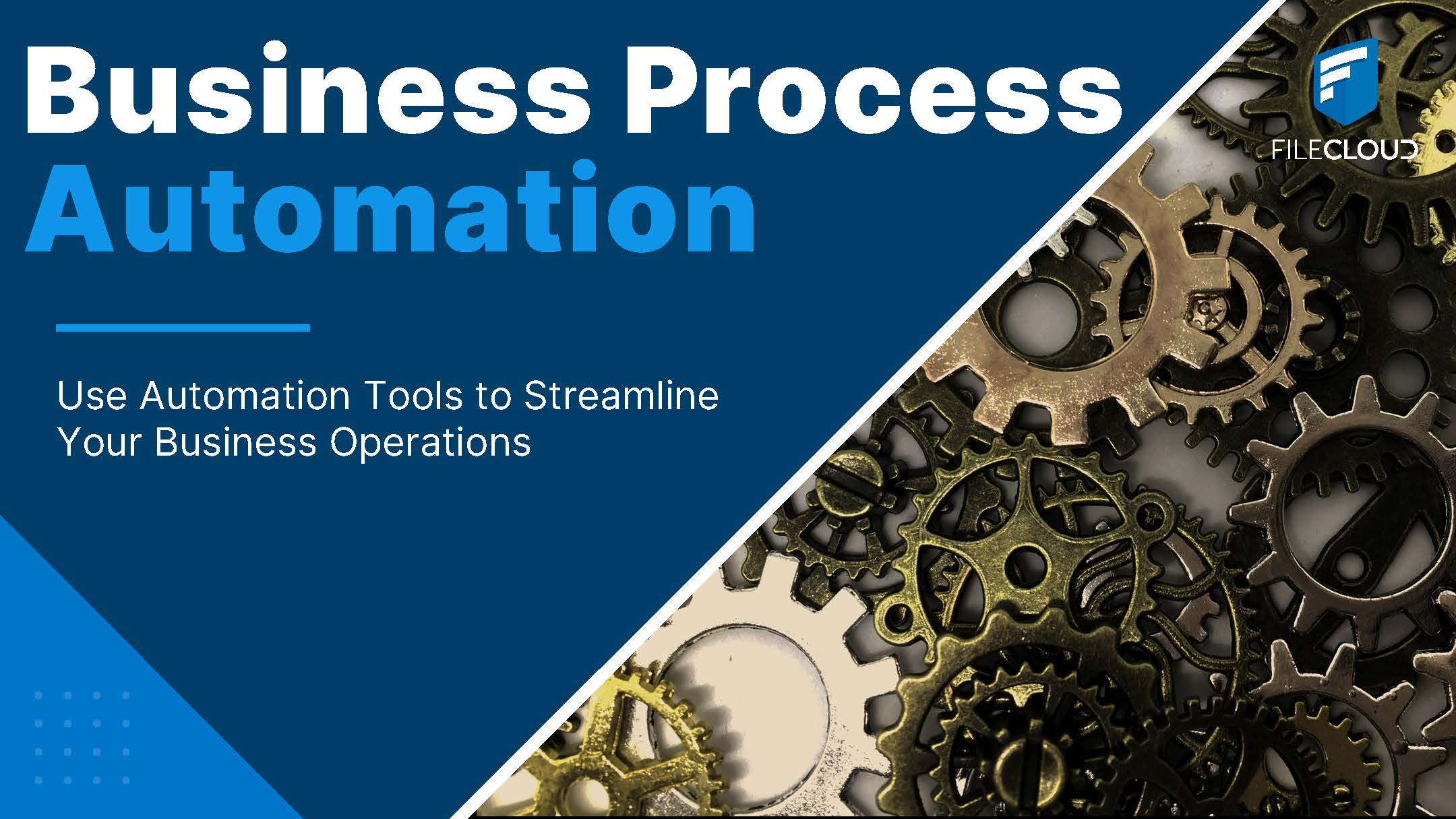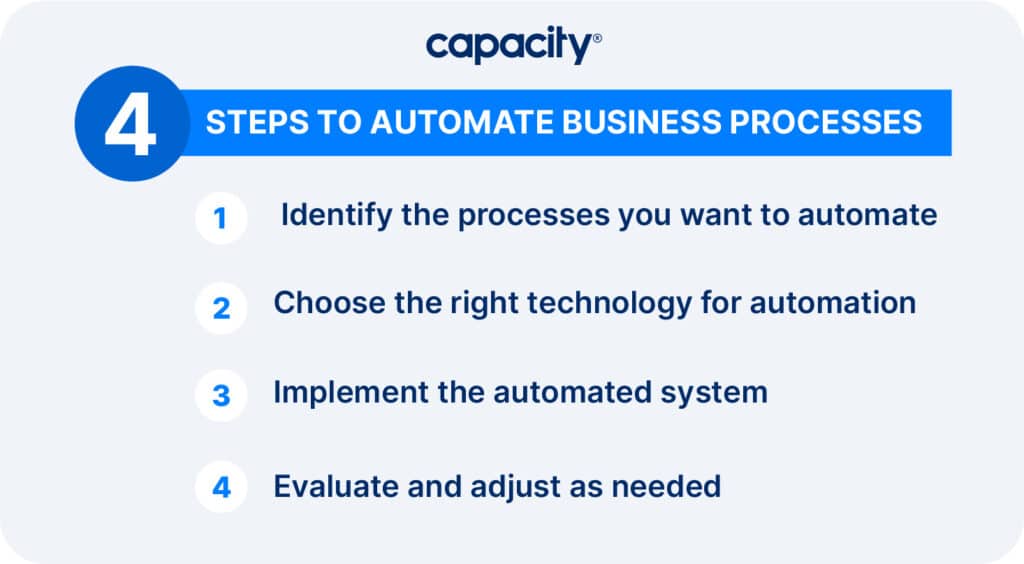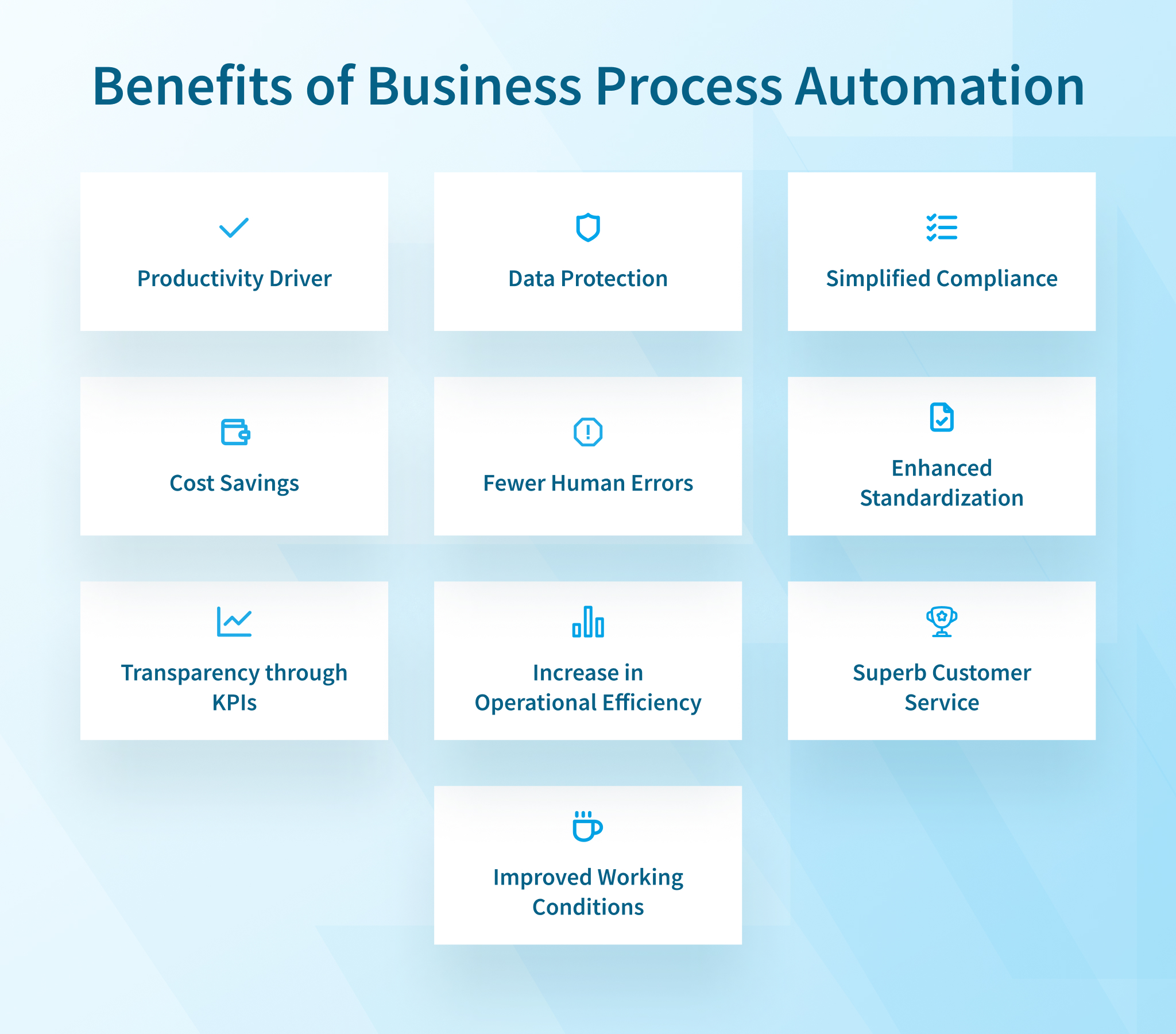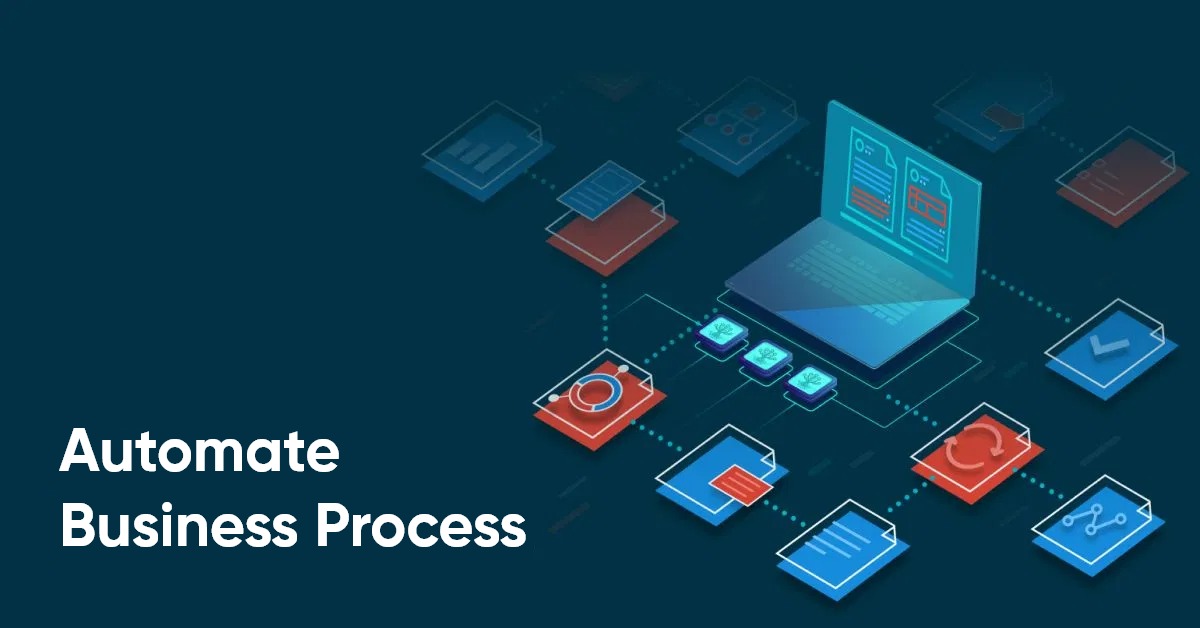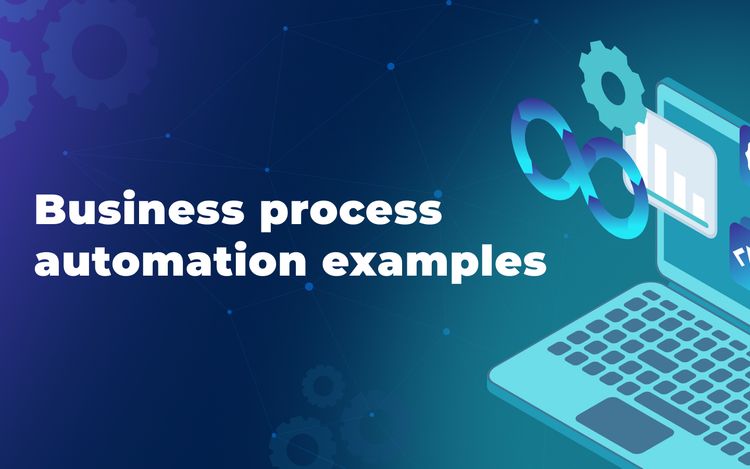How To Automate Business Processes
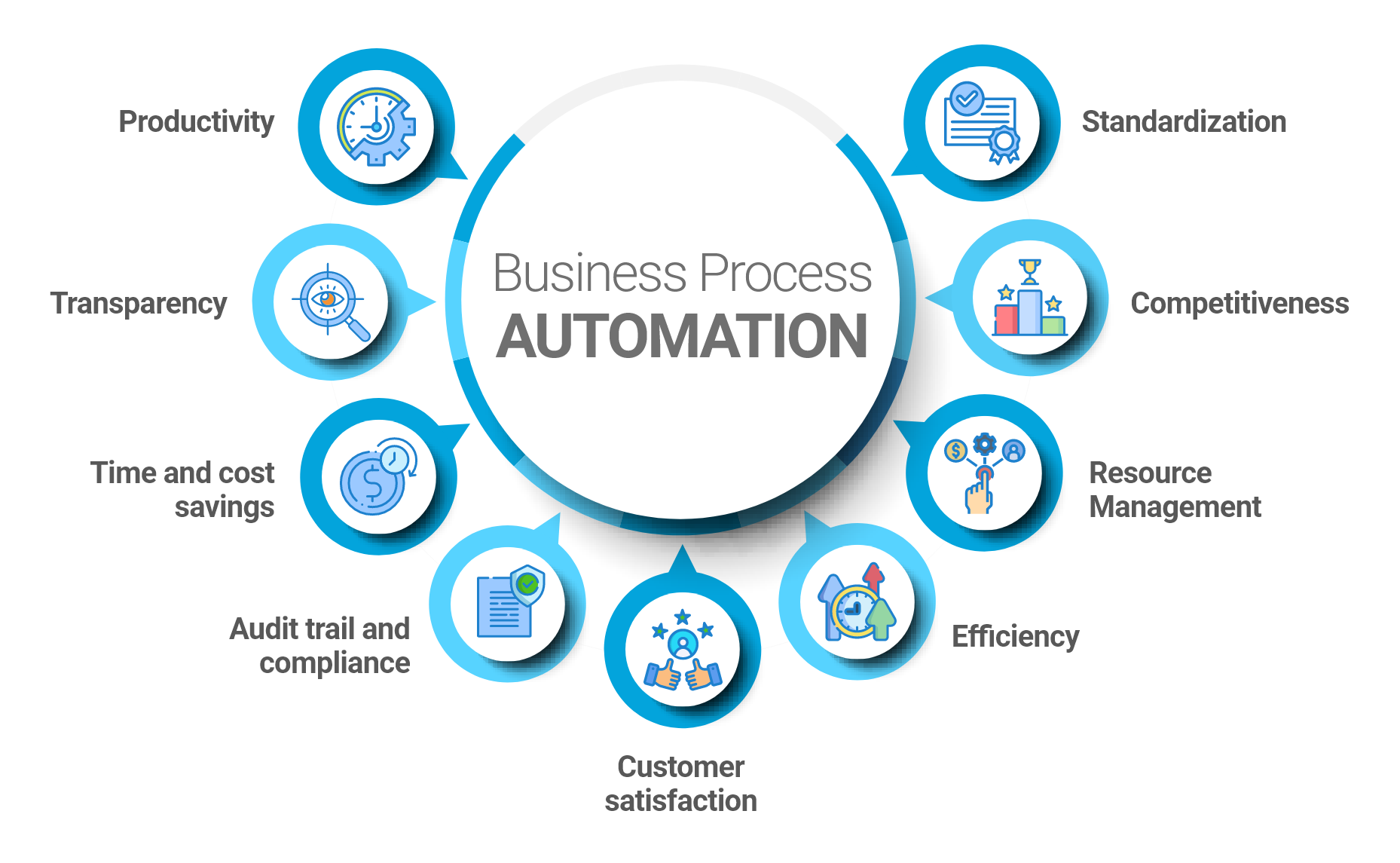
Businesses across various sectors are increasingly turning to automation to streamline operations, reduce costs, and enhance efficiency. The adoption of automation technologies, ranging from robotic process automation (RPA) to sophisticated artificial intelligence (AI) solutions, is reshaping the modern workplace.
This shift is driven by the need to optimize workflows, minimize errors, and free up human employees to focus on more strategic and creative tasks. Experts predict that automation will become even more integral to business success in the coming years.
Understanding Business Process Automation
Business Process Automation (BPA) involves using technology to automate repetitive, rule-based tasks. It aims to improve efficiency, reduce operational costs, and minimize errors. The benefits of implementing BPA are significant and far-reaching.
BPA implementation often starts with identifying processes that are suitable for automation. According to a 2023 report by McKinsey & Company, up to 45% of work activities could be automated with current technologies.
Identifying Suitable Processes
The first step in automating business processes is identifying tasks that are repetitive, rule-based, and high-volume. These tasks are often ideal candidates for automation. Examples include data entry, invoice processing, and customer service inquiries.
Businesses should also consider the potential return on investment (ROI) when selecting processes for automation. Processes that consume significant time and resources are likely to yield the greatest benefits.
Choosing the Right Technology
Several technologies can be used to automate business processes. These include RPA, AI, machine learning (ML), and business process management (BPM) software.
RPA is particularly effective for automating tasks that involve interacting with multiple systems or applications. AI and ML can be used to automate more complex tasks that require decision-making and pattern recognition.
BPM software helps organizations manage and optimize their business processes from end to end. Selecting the appropriate technology depends on the specific needs of the business and the complexity of the tasks being automated.
Implementing Automation
Implementing automation requires careful planning and execution. It's crucial to involve stakeholders from all departments affected by the automation.
A pilot project can be a useful way to test the waters and identify potential challenges before scaling up the automation. According to statements from Gartner, a phased approach minimizes disruption and allows for continuous improvement.
Training employees is also essential to ensure they can work effectively with the new automated systems. This includes training on how to use the technology and how to handle exceptions that require human intervention.
The Impact of Automation on the Workforce
While automation can lead to increased efficiency and productivity, it also raises concerns about job displacement. However, many experts argue that automation will create more jobs than it eliminates.
Automation can free up employees to focus on higher-value tasks that require creativity, critical thinking, and emotional intelligence. This shift can lead to a more engaged and productive workforce.
Businesses can also invest in retraining programs to help employees acquire the skills they need to thrive in an automated workplace. This can mitigate the negative impacts of automation and ensure a smooth transition.
Examples of Successful Automation
Numerous companies have successfully implemented automation to improve their business processes. For instance, a leading healthcare provider automated its claims processing system, resulting in a 50% reduction in processing time and a significant decrease in errors.
A major retail chain implemented RPA to automate its inventory management system, improving accuracy and reducing stockouts. These examples demonstrate the potential benefits of automation across different industries.
According to a case study by Deloitte, companies that successfully automate their business processes typically see a significant improvement in customer satisfaction and employee morale.
The Future of Automation
Automation is expected to become even more prevalent in the coming years. As AI and ML technologies continue to advance, businesses will be able to automate more complex and nuanced tasks.
The integration of automation with other technologies, such as the Internet of Things (IoT) and cloud computing, will further enhance its capabilities. This will enable businesses to create more intelligent and adaptive systems.
Ultimately, automation has the potential to transform the way businesses operate and create a more efficient and productive economy. Embracing automation strategically will be crucial for businesses seeking to stay competitive in the long run.
